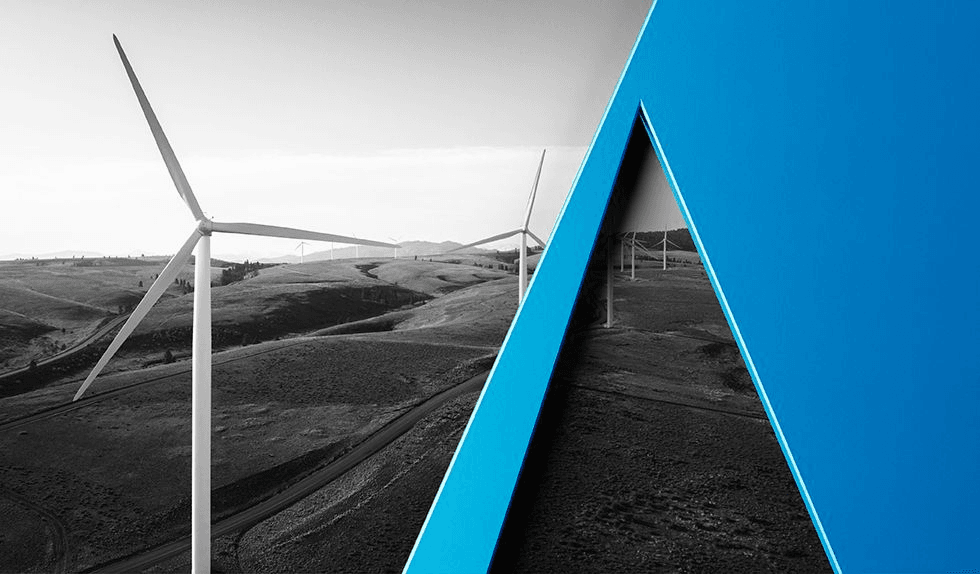Jordan Cove was one of a number of West Coast LNG projects in line for development and considered a leading contender among the West Coast LNG projects. Jordan Cove, however, had yet to secure any firm commitments from LNG buyers, although it purportedly had nonbinding Heads of Agreements with various Asian companies for liquefaction and transportation capacity for about three times the volume of the Terminal’s capacity. At an expected project cost of $7.5 billion, Jordan Cove and Pacific Connector had designed the Terminal and the Pipeline to enable the production of up to 6.8 million metric tons per annum of LNG (using a feed of approximately 1.04 Bcf/d of natural gas) for export.
Pacific Connector
Pacific Connector stated in its FERC application that it would not build the Pipeline if the Terminal was not contracted by LNG buyers. Consistent with that position, Pacific Connector did not submit any precedent agreements or contracts with (or subsequent to) its application, and it has yet to hold an open season. Rather, Pacific Connector stated that it would “keep [FERC] apprised of its plans to conduct an open season and enter into precedent agreements for the [P]ipeline’s capacity”2 and that negotiations between Jordan Cove, Pacific Connector and prospective customers were “active and ongoing.”3 FERC staff sent Pacific Connector a series of data requests between May 2014 and October 2015 asking it to provide updates on its proposed plans and negotiations. In one of its data requests, FERC staff explained that FERC’s Certificate Policy Statement4 would require Pacific Connector to show that the public benefits of the Pipeline would outweigh its adverse impacts. In response, Pacific Connector argued that, because the Pipeline was an “integral component” of the Terminal, and the U.S. Department of Energy (DOE) had already authorized the Terminal’s export of LNG to free trade agreement (FTA) nations and non-FTA nations as consistent with the public interest, the Pipeline’s public benefits must encompass all the public benefits of the Terminal.5 In response to another data request, Pacific Connector indicated that it had obtained easements for “5 percent and 3 percent, respectively, of its necessary permanent and construction right of way.”6
In the Order, FERC explained that its Certificate Policy Statement provided guidance for evaluating proposals to certificate new construction, and that, under its policy, applicants must satisfy a multipronged test that balances the public benefits against the potential adverse consequences. FERC found that the Pipeline failed to satisfy this test.
FERC found that, since Pacific Connector was a new natural gas company with no existing customers, there was no issue of subsidization, nor would the Pipeline adversely impact existing pipelines in the market or their captive customers. FERC also acknowledged that Pacific Connector had made efforts to minimize the adverse effect on landowners and communities by proposing to locate 41 percent of the Pipeline adjacent to existing power lines, roads and other pipelines. However, the remaining 59 percent of the route would be constructed within newly created rights of way through forests, farms and rangeland. It was this portion of the proposed Pipeline route that troubled FERC, with FERC finding that such route would (i) affect approximately 630 landowners; (ii) have negative economic impacts on these landowners; and (iii) require, at least in part, the exercise of eminent domain.7 In addition, FERC found that Pacific Connector had presented “little or no evidence of need for the . . . Pipeline” and it had “neither entered into any precedent agreements for its project, nor conducted an open season, which might (or might not) have resulted in ‘expressions of interest’ the company could have claimed as indicia of demand.”8
The Order noted that Pacific Connector had argued that (i) the Pipeline would “benefit the public by delivering gas supply from the Rocky Mountains and Canada to the . . . Terminal and by providing an additional source of gas supply to communities in southern Oregon”; (ii) construction of the Pipeline and Terminal would create temporary and full-time jobs and provide millions of dollars in taxes to state and local governments; and (iii) FERC had previously found that “the benefits provided by pipelines that deliver feed gas to export terminals outweigh the minimal adverse impacts and such projects are required by the public convenience and necessity.”9 FERC rejected these arguments and explained that it had not previously found “a proposed pipeline to be required by the public convenience and necessity under NGA Section 7 on the basis of a DOE finding under NGA Section 3 that the importation or exportation of the commodity natural gas by an entity proposing to use the services of an associated LNG facility is consistent with the public interest.”10 FERC explained also that it had not “relied solely on the fact that a company is not likely to proceed with construction of facilities in the absence of a market for a project’s services — particularly in the face of significant opposition from directly impacted landowners.”11 Because FERC found that the record did not support a finding that the public benefits of the Pipeline would outweigh the adverse effects on landowners, FERC denied the Pipeline’s request for certificate authorization.
Terminal
After denying Pacific Connector’s request for certificate authority to construct and operate the Pipeline, FERC found that, “without a pipeline connecting it to a source of gas to be liquefied and exported, the proposed . . . Terminal can provide no benefit to the public to counterbalance any of the impacts which would be associated with its construction.”12 Accordingly, it similarly denied Jordan Cove’s request for authorization to site, construct and operate the Terminal.13
Impact of the Order
Whether this Order will impact continued funding for other LNG projects under development and in line for FERC approval remains to be seen. But one thing is now clear: DOE export authorization, by itself, is insufficient to support construction and operation of a U.S. LNG terminal and associated pipelines. LNG terminal developers and the proposed feeder pipelines critical to the viability of those projects would be well-advised to coordinate and expedite their marketing efforts in order to avoid Jordan Cove’s fate and be prepared, in a world where more than 100 MTPA of LNG liquefaction capacity is expected to enter the market in the next five years, to present FERC with persuasive evidence of market demand for their capacity.
1 See Jordan Cove Energy Project, L.P., 154 FERC ¶ 61,190 (2016).
2 See id. at 13-14.
3 See id. at 18.
4 Certification of New Interstate Natural Gas Pipeline Facilities, 88 FERC ¶ 61,227 (1999), order on clarification, 90 FERC ¶ 61,128, order on clarification, 92 FERC ¶ 61,094 (2000) (“Certificate Policy Statement”).
5 Order at 17.
6 Id. at 18.
7 Id. at 38.
8 Id. at 39.
9 Id.
10 Id. at 40.
11 Id.
12 Id. at P 44.
13 Id. at P 46.



